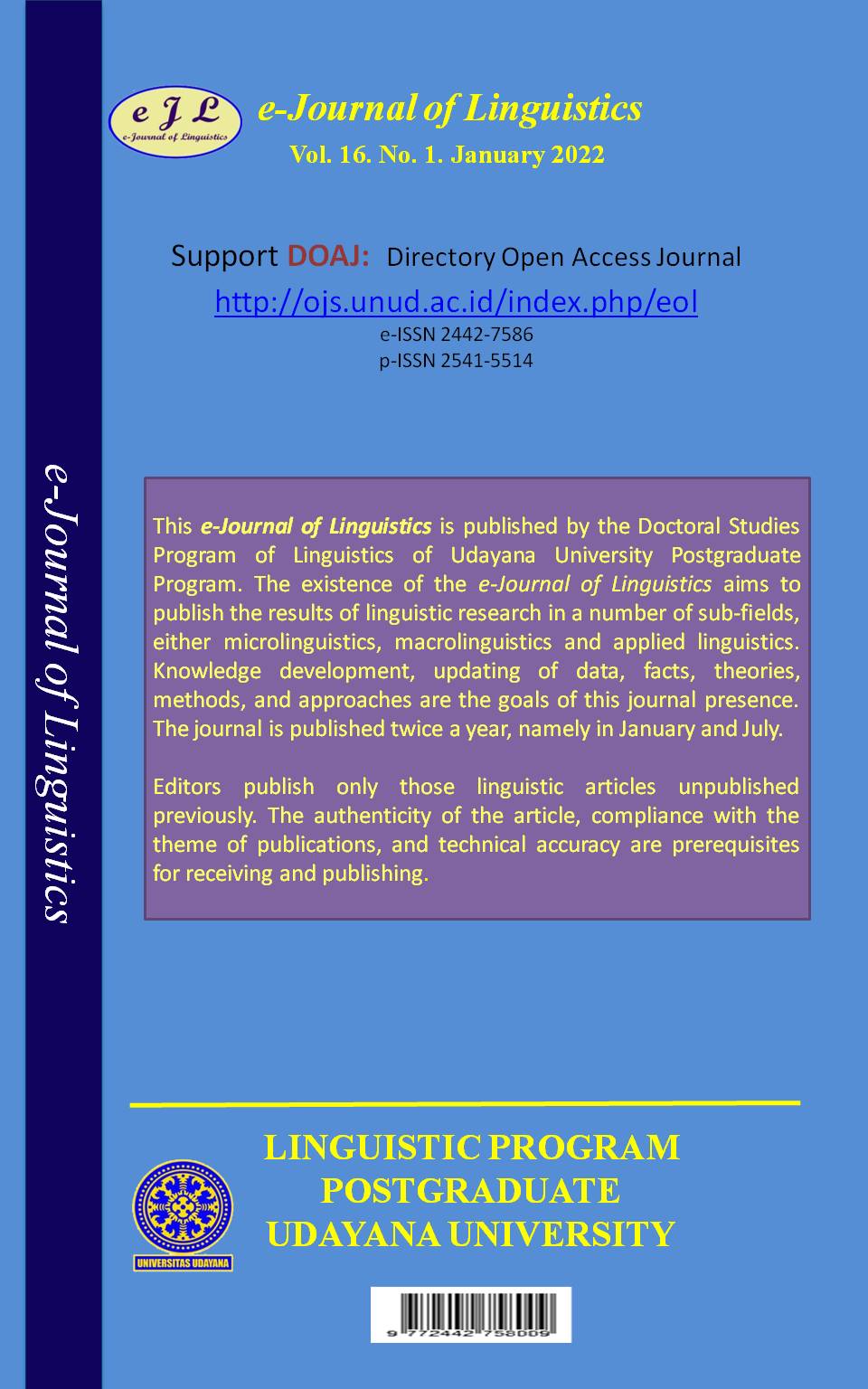The Impact of Using Reading for Meaning Strategy Toward Student’s Reading Comprehension
Abstract
This study was aimed at finding out the student’s reading comprehension by using reading for meaning strategy of the eleventh grade students of SMAN 1 Lape in academic year 2020/2021.The method of this research was an experimental research. The participants of this research were the eleventh grade students of SMAN 1 Lape academic year 2020/2021. The sample of this researh are consisted 32 of students in the control class and 31 students in the experimental class. The data collection of this research was pre test and post test. Then, data was analyzed by using SPSS. The reseult of this research was student’s reading comprehension by using reading for meaning strategy of the eleventh grade students of SMAN 1 Lape in academic year 2020/2021 wa significant. Futhermore, the mean score of the reading comprehension ability of the students taught by using conventional strategies of the eleventh grade students of SMAN 1 Lape was 78.87. There was a significant difference between the reading comprehension ability of the students taught by using reading for meaning strategy and that of the students taught by using conventional strategies of the eleventh grade students of SMAN1 Lape.
Downloads
References
Bennete, Joseph. 2001. A Course in Light Speed Reading. Salem: Jbennette.
Creswell, John. W. 2012. Educational Research: Planning, Conducting, and Evaluating Quantitative and Qualitative Research 4th Edition. Boston: Pearson.
Franata, I. P., Simpen, I. W., & Dhanawaty, N. M. (2020). Improvement of English Speaking Ability In 7th Grade Students of Ganesha Junior High School Denpasar Through TANDUR Method. e-Linguistics of Journal, 14(2), 242-256.
Harmer, Jeremy. 2011. How to Teach English. Oxford: Pearson Longman.
Hartatik, Sugi., Asib, Adib., and Martono. 2012. The Effectiveness of Analytic Teams Technique to Teach Reading Comprehension Viewed from Students Intelligence.
Hornby, A S. 2010. Oxford Advanced Learner’s Dictionary. Oxford: Oxford University Press.
Leaver, B.L., Ehrman, M, and Shektman, B. 2005. Achieving Success in Second Language Acquisition. New York: Cambridge University Press.
Nunan, David. 2005. Practical English Language Teaching: Young Learners. McGraw: Hill.
Reilly, Elizabeth R., Silver, Harvey F., and Perini, Matthew J. 2009. The Thoughtful Education Guide to Reading for Meaning. California: A SAGE Company.
Richards, J. C., and Schmidt, Richard. 2010. Longman Dictionary of Language Teaching and Applied Linguistics. Harlow: Pearson.
Ristati, Suparwa, I. N., Sudipa, I. N., & Dhanawaty, N. M. (2019). Improving Dayaknese Speaking Learners’ English Pronunciation. e-Journal Linguistics, 13(2), 290-302.
Snow, Catherine. 2002. Reading for Understanding. Pittsburgh: Rand Education.
Young, Beverly L. 2013. Preparing Teachers to Teach Effectively. California: The California University Press.

This work is licensed under a Creative Commons Attribution 4.0 International License











